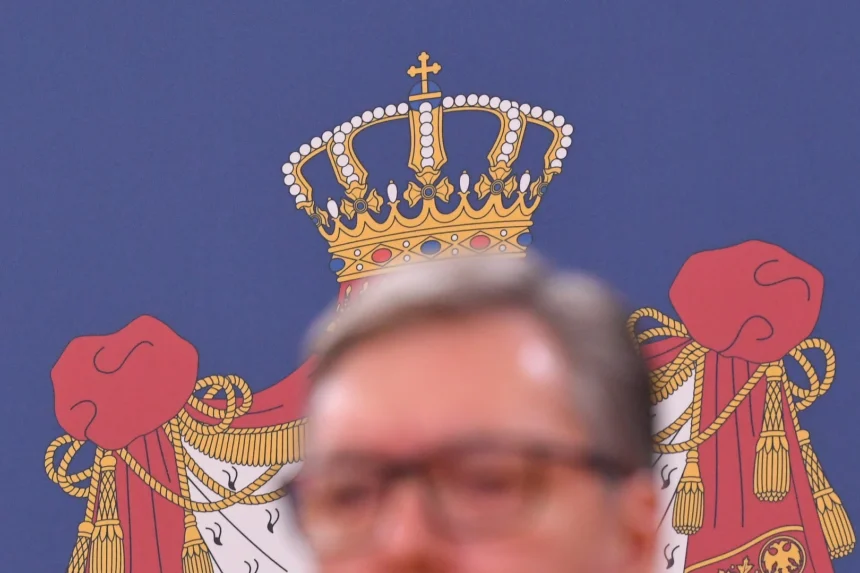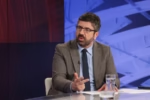Belgrade, November 6, 2025 – Serbia is witnessing a profound clash between state power and civic protest, as mass demonstrations and commemorations expose the deep cracks in President Aleksandar Vučić’s administration.
According to Vesna Mališić, editor-in-chief of Radar, the president alternates between aggression and despondency, depending on the intensity of his fear of public mobilizations. Conciliatory gestures—apologies, church visits, and the declaration of national mourning—appear only before or after protests, while the government’s machinery of control continues unabated.
Recent events in Novi Sad, following the tragic death caused by a collapsed canopy at the railway station, showcased epic scenes of student-led resistance. Thousands of citizens marched, forming kilometer-long columns, demonstrating determination for a different, fairer, and more orderly Serbia. Mališić notes that these displays were a symbolic and practical defeat for Vučić’s regime, whose reliance on repression now seems increasingly futile.
In response, the government resorted to predictable tactics of disruption: halting trains, fabricated bomb threats, sudden road works, utility outages, and media spectacles such as the arrest of Miša Bačulov, orchestrated with state intelligence support. However, these measures failed to intimidate citizens, and the public response underscored the waning credibility of the regime.
Vučić’s dual approach—public penance versus behind-the-scenes manipulation—reveals a leader trapped by his own contradictions. While he apologizes and calls for dialogue, the state continues to propagate lies, smear campaigns, and coercion, showing that the apparatus of control persists even in moments of apparent humility.
The protests revealed the power of civic action and youth solidarity. Students, marching across Serbia, rested on the streets overnight in Inđija when blocked by state authorities, illustrating determined civil resistance against the regime’s engineered divisions. As one protester remarked: “These children have freed us not only from fear but from hatred itself.”
Mališić concludes that the erosion of Vučić’s “idolized” image is inevitable. Even the president’s most loyal supporters are gradually losing faith, as repeated manipulations fail to produce the desired results. The youth-driven demonstrations are a symbolic and practical dismantling of the regime’s control, representing the emergence of solidarity, civic courage, and public accountability in Serbia.







